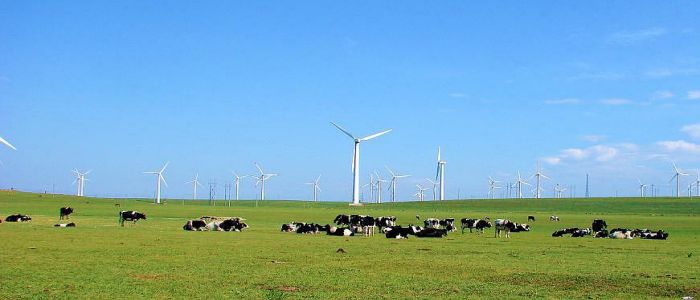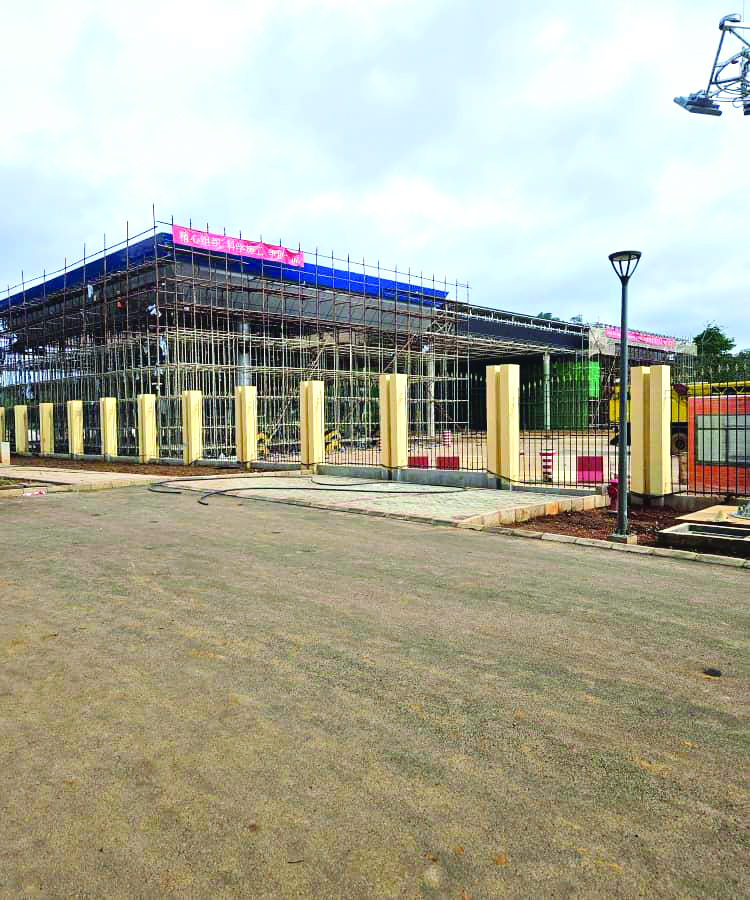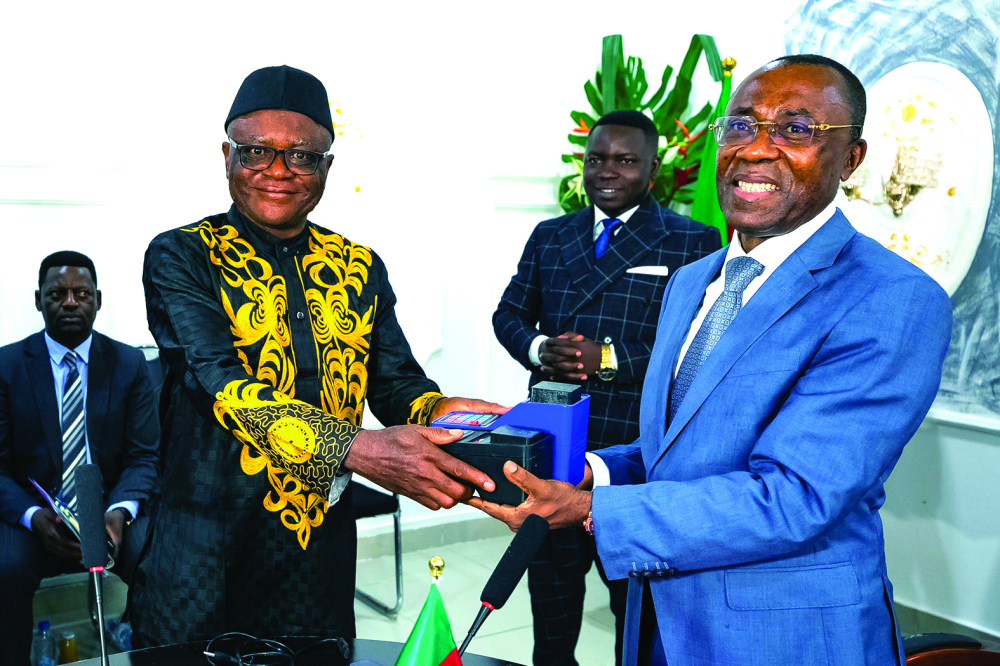
The relatively poor region boasts a growing number of outstanding private and public firms.
Inner Mongolia Autonomous Region lies to the northeast of China on the border with Mongolia and Russia. It covers 1.183 million square km, with a population of 25.11 million. Though eastern China is less developed compared to the western part, Inner Mongolia today boasts 190,000 km of tarred roads, 13,500 km of rail, 24,000 public health facilities and 14 seaports. Its Gross Domestic Product, GDP for 2016 was 1,860 Billion Yuan Renminbi (about 159,11 Billion FCFA); while per capita GDP was 74,000 Yuan Renminbi (or 6.4 Million FCFA).
Amongst Inner Mongolia’s reputable industries are those involved in the manufacture of heavy-duty mining trucks, wind power generation, dairy production and ecological remediation. The Inner Mongolia North Heavy Truck Ltd, Baotou, a State-owned firm, was founded in 1988. It manufactures heavy-duty trucks used in open mines with capacity from 28 to 330 tonnes. The company controls 85 per cent of China’s market share. It produces 1,000 units of heavy-duty vehicles a year and sells to 60 nations. Clients in Africa are Zambia, Namibia, South Africa, Nigeria, Zimbabwe and the Democratic Republic of Congo – the biggest on the continent.
The Jingneng New Energy Company Ltd wind farm in Huitengxile - China’s second largest - went operational in August 2006. Its wind turbines cover over 50 square km. In Inner Mongolia, the company’s power plants have an installed capacity of 260 megawatts - 200 megawatts from wind and 60 megawatts from solar. The company has invested 12 Billion Yuan Renminbi (about 1,028 Billion FCFA) in recent years in 9 wind power plants across the region. Inner Mongolia’s total energy generation is over 100 million kilowatts. It is 70 per cent dependent on coal, while 30 per cent of its energy is from solar and wind. <...
Cet article complet est réservé aux abonnés
Déjà abonné ? Identifiez-vous >
Accédez en illimité à Cameroon Tribune Digital à partir de 26250 FCFA
Je M'abonne1 minute suffit pour vous abonner à Cameroon Tribune Digital !
- Votre numéro spécial cameroon-tribune en version numérique
- Des encarts
- Des appels d'offres exclusives
- D'avant-première (accès 24h avant la publication)
- Des éditions consultables sur tous supports (smartphone, tablettes, PC)














Commentaires